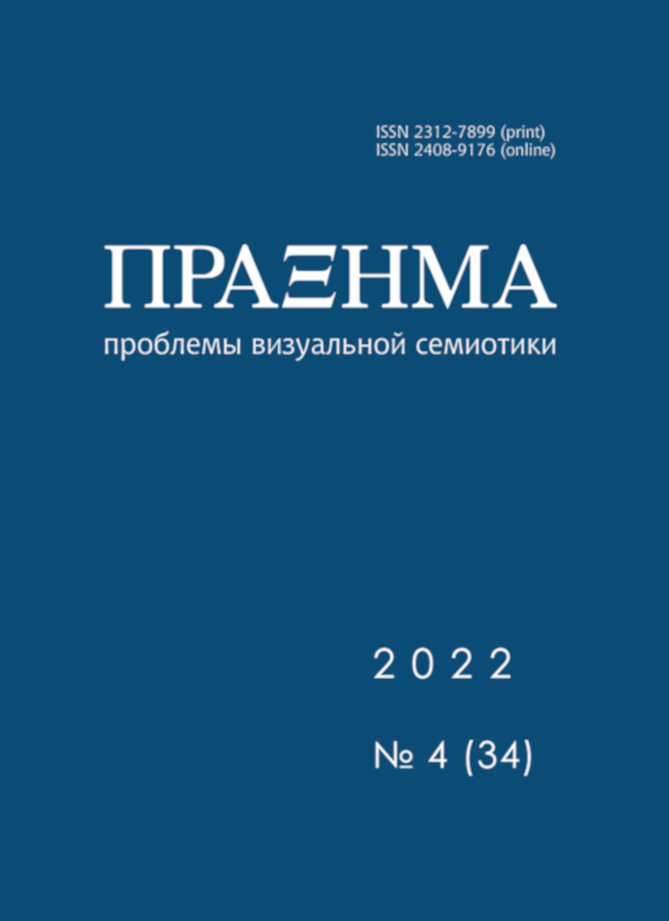The article deals with the problem of defining a term in the theories of terminological planning and the influence of the identified approaches on the organization of a student’s terminological work in the context of smart education. The aim of the article is to determine, in the context of smart education, the ways of a student’s terminological work depending on the interpretation of the term in the considered theories of terminological planning (General Theory of Terminology (GTT), Communication Theory of Terminology (CTT), Sociocognitive Theory of Terminology (STT), Frame-Based Terminology (FBT)). The article contains three sections: “Smart education: On the concept”, “Theories of terminological planning: The factor of the concept”, “The concept of the term, visualization and smart education”, expressing the authors’ sequence of consideration of the questions posed. The first section analyzes smart education as a concept. The latter is considered as a format of education whose key characteristic, according to the authors, is the maximum degree of the student’s independence in the development of knowledge and modern information technology. The knowledge acquisition system is interpreted through terminological work and terminology designation problems. The authors have established that the concept plays a key role in the definition of the term, since its status determines the status of the term. In the considered theories, there is no single way of understanding the concept and the term, and, consequently, the way of designating the term. The second section characterizes the main theories of terminological planning and features of term understanding and terminological work in them. In GTT, the concept is characterized as a specialized concept, in the context of which the meaning of the term is determined (according to the rule, one concept for one term). CTT uses the term “terminological unit”, which consists of three components: a unit of knowledge (concept), a unit of language (term), a unit of communication (situation). STT uses the concept “unit of understanding”, which can take the form of a category (repeated meanings of concepts) and the form of a concept (unique value). In FBT, the meaning of a term and concept is defined through a frame and its structure, represented by a conceptual component (nouns are used to express the static meanings of the term) and a predicative component (verbs are used to express the dynamic meanings of the term). The third section discusses the role of the concept “term” as a means of visualization, through which the student is able to understand the degree of comprehension of the term when learning. For smart education, it is important that, in the context of GTT, the student should only learn the special meanings of terms and does not take part in their formation; in the context of CTT, STT, FBT (differently in each), the student plays a decisive role in the formation of the meanings of concepts and terms. The key role in terminology designation is played by the mechanisms of visualization and conceptualization, presented as processes of a multi-level alternating change of the considered operations when working with concepts and terms towards greater abstraction of the latter.
 9-27
9-27


 28-62
28-62


 63-81
63-81


 82-101
82-101


 102-122
102-122


 123-141
123-141


 142-165
142-165


 166-181
166-181












